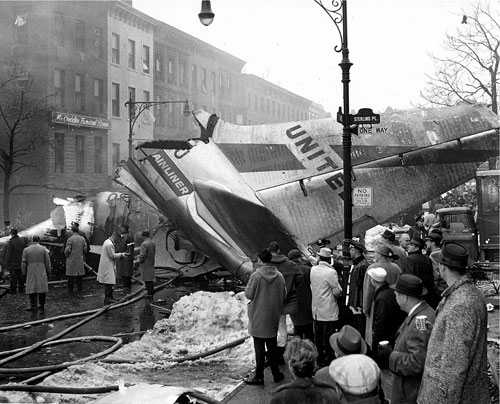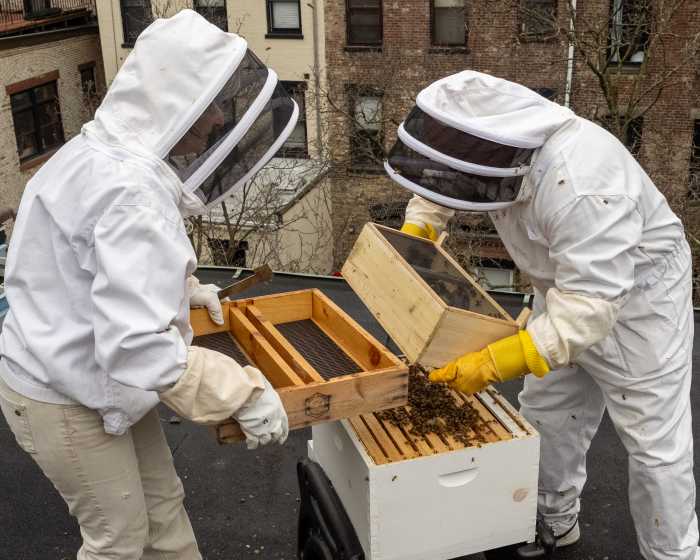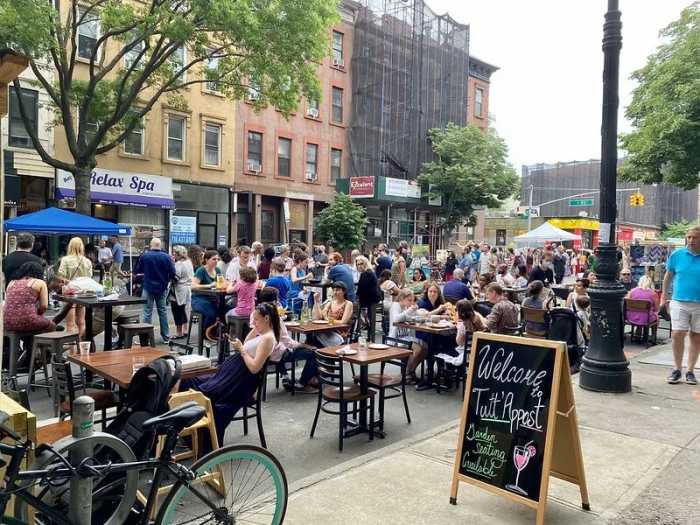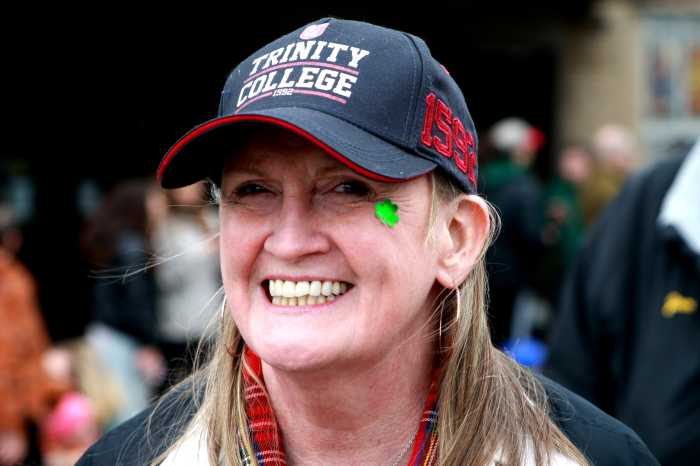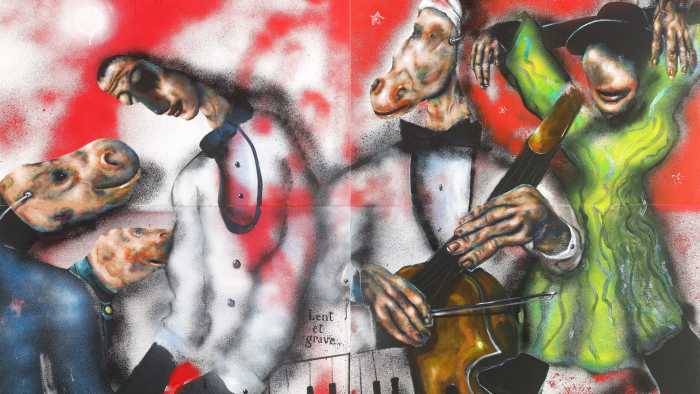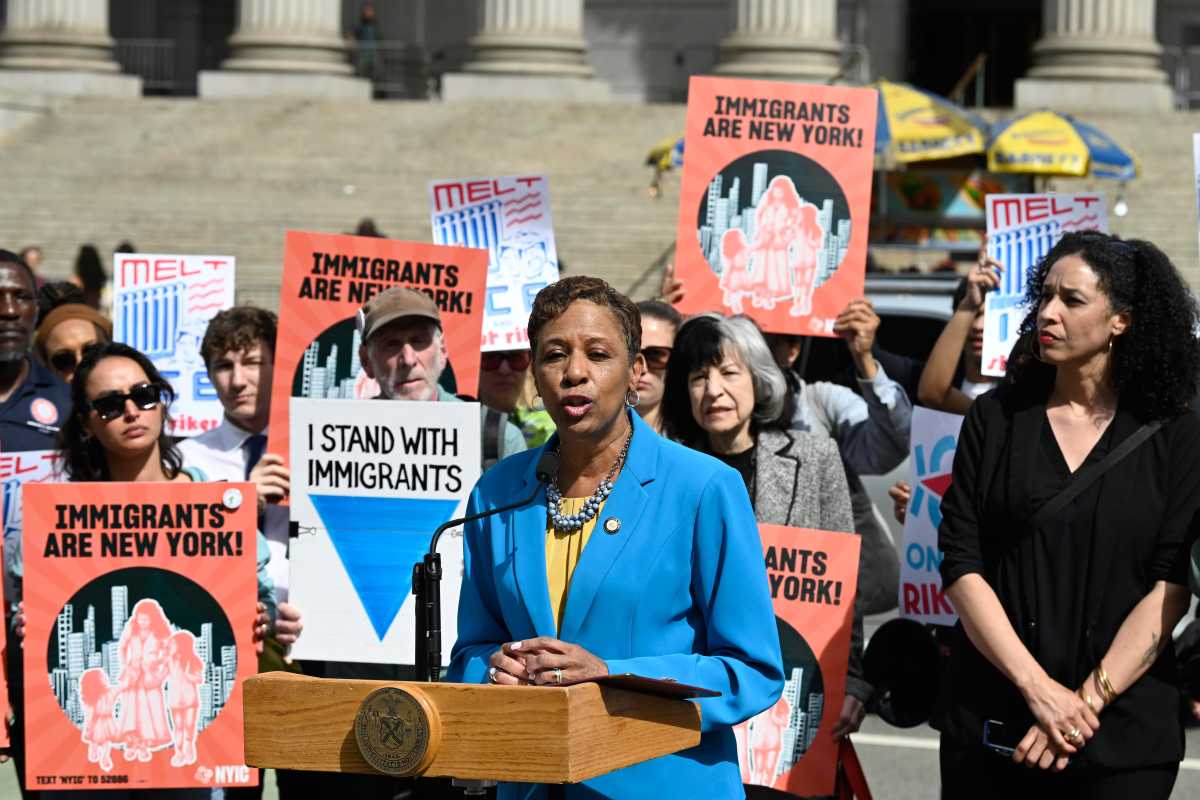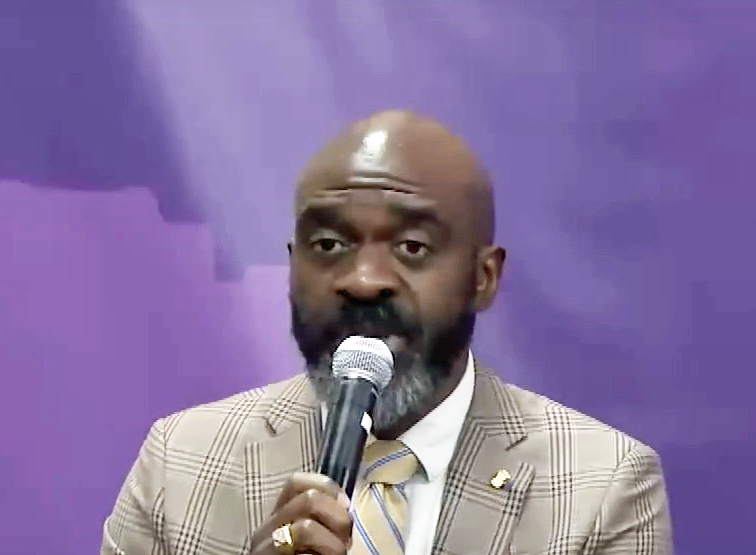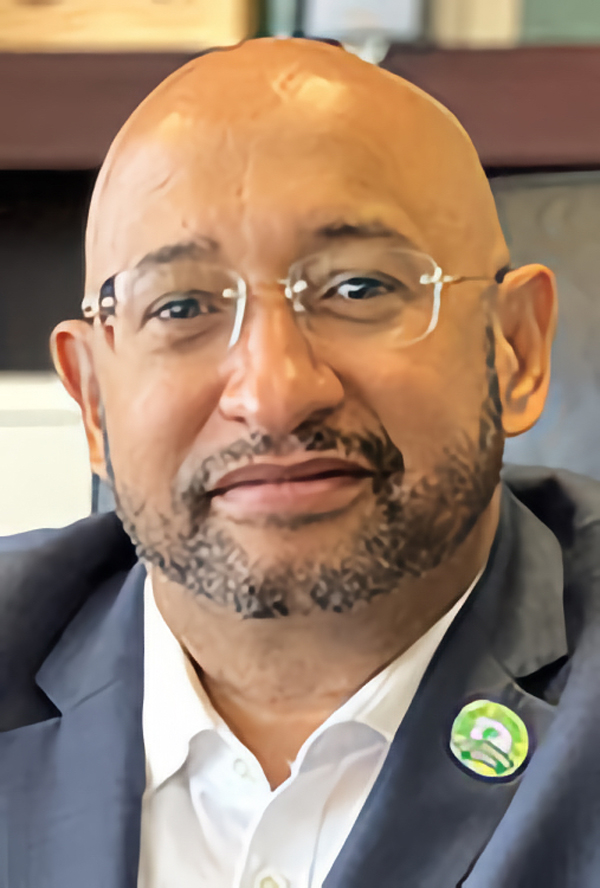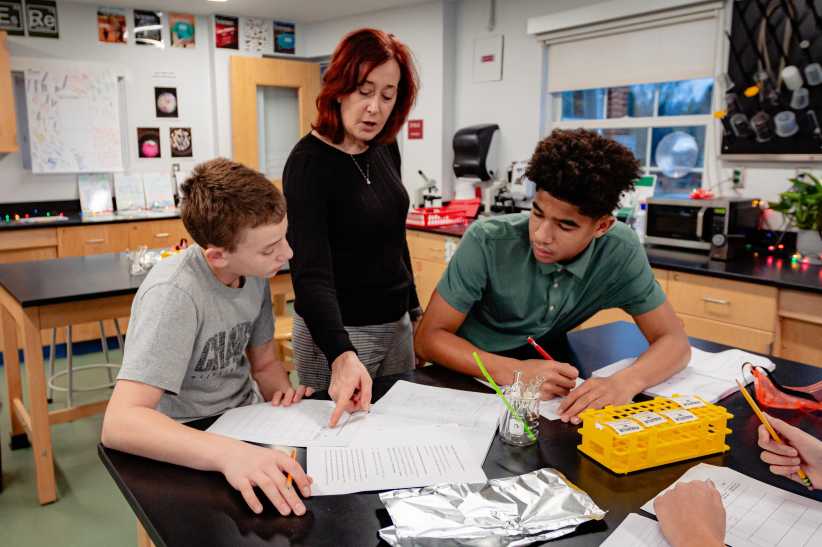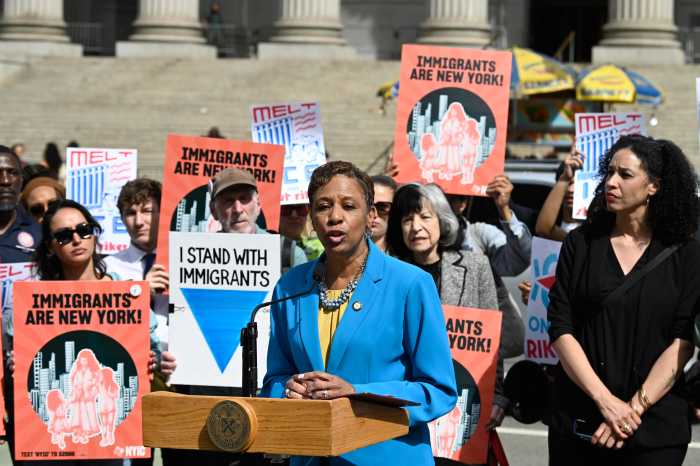Fifty years have passed since United Airlines Flight 826 crashed into Seventh Avenue and Sterling Place, but Vito Fiumefreddo still can’t get the ghastly smell of death out of his head.
Today, there’s no grand memorial at the site of the crash, but Fiumefreddo and those who were in the neighborhood on frigid Dec. 16, 1960 will never forget its horror — at the time, the worst aviation disaster in American history.
A tranquil blanket of snow covered Park Slope that morning, but in the sky nine miles away, there was turmoil.
A United Airlines DC-8 and a TWA Constellation were desperately fighting dense cloud cover to no avail — the planes collided at 10:33 am over a military airfield in Staten Island.
The pilot of the wounded United flight tried to keep his plane aloft, but he kept losing altitude, clipping 126 Sterling Pl. before slamming into 123 Sterling Pl. — ironically home to the Pillar of Fire Church.
On Seventh Street and Eighth Avenue — about 10 blocks away — then-17-years-old Fiumefreddo, heard a noise that sounded like a bomb.
“I ran towards it to see what it was all about,” he recalled. “I climbed up on a mound of snow and I saw. The stench was horrible. You could smell the burning flesh.”
All 130 passengers were killed — and six people on the ground: Wallace E. Lewis, the caretaker at the church; Joseph Colacano and John Opperisano, Christmas tree salesmen; Charles J. Cooper, a Sanitation worker; a butcher shop employee; and Dr. Jacob Crooks, who was out walking his dog.
But one boy, 11-year-old Stephen Baltz of Illinois, survived the initial accident for more than a day before succumbing to his wounds.

The TWA flight hurtled to its doom on Staten Island, killing all 44 passengers.
News didn’t travel fast then, and in the midst of a Cold War, there was uncertainty — and fear.
“The nuns at St. Thomas Aquinas on Fourth Avenue had all the kids go under their desks,” recalled Park Slope lifer Tom Miskel, who was 15 at the time. “They thought there might have been an attack.”
The entire block became “an arena of terror, ” according to press accounts.
Fiumefreddo remembers seeing burnt bodies being taken to a nearby bowling alley, now a pool hall on Flatbush Avenue. “It became a morgue,” he said.
The crash sent ripples across the borough — and still resonates.
“Fifty years later it is as vivid to me as the day it happened,” said Bob Thoelen, a Bensonhurst-born aerospace engineer now living in Connecticut.
“This was the first time I came face to face with death,” said Thoelen, who was classmates with Elaine Cooper, daughter of the Sanitation worker who died at the scene. “I learned that people die.”
Thoelen vividly remembers everyone praying for Baltz, but he died 26 hours later, his body badly burned and his lungs scorched by jet fuel.

In his brief time at Methodist Hospital — then, as now, on Sixth Street — Baltz made an impact, lucidly telling the doctors of his ordeal.
“I remember looking out the plane window at the snow below covering the city,” he told his caregivers. “It looked like a picture out of a fairy book. Then all of a sudden there was an explosion. The plane started to fall and people started to scream. I held on to my seat and then the plane crashed.”
A small bronze memorial to the crash victims hangs in the hospital’s chapel, a plaque containing the coins — 65 cents worth — that were in the boy’s pocket.
A larger memorial will be unveiled next week at Green-Wood Cemetery, where a memorial service is planned. The eight-foot-tall granite monument will feature a bronze plaque etched with the names of those killed, and will stand near a gravesite where remains of some victims are interred.
For decades, the crash site was something of a neighborhood curse, with many development projects failing before a condominium finally rose on Sterling Place at Seventh Avenue three years ago.
Worse, perhaps, is that so few of the new Brooklynites even know of the crash.
Inside Fiumefreddo’s Park Slope Barber Shop — a century-old institution on Seventh Avenue — Alfredo Fiumefreddo was cutting the hair of a young patron, oblivious to the questions of a reporter about a long-forgotten past.
“A plane crashed here?” the customer softly asked his barber.
Memorial unveiling and memorial serice at Green-Wood Cemetery [enter at 25th Street and Fifth Avenue in Greenwood Heights, (718) 768-7300] on Dec. 16 at 9:45 am.



